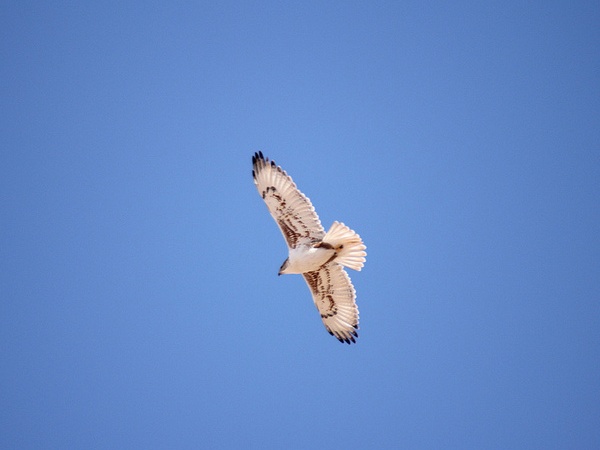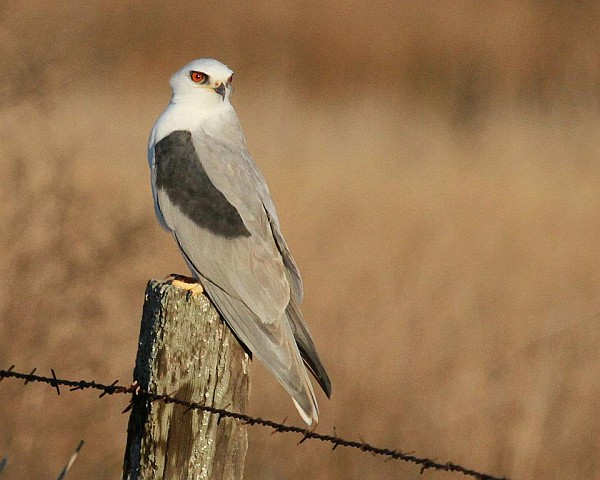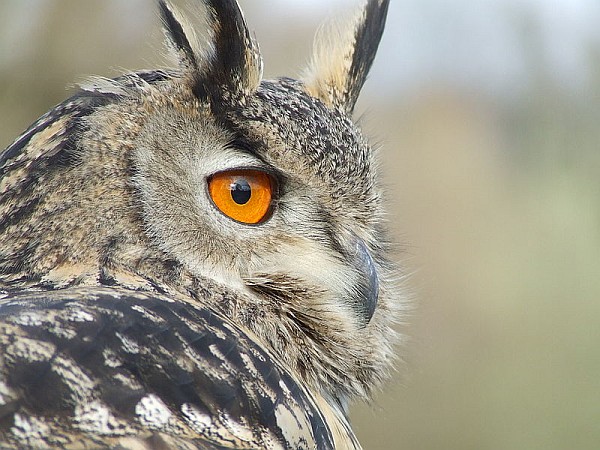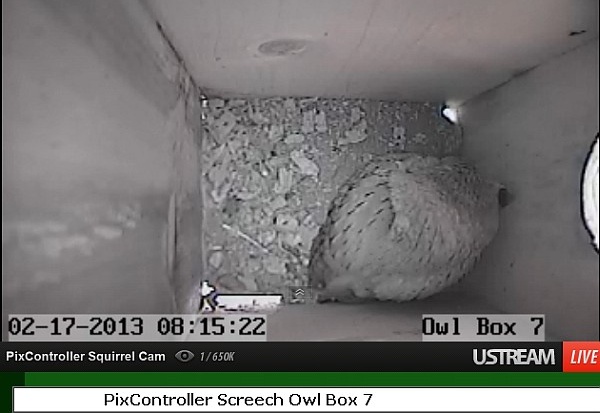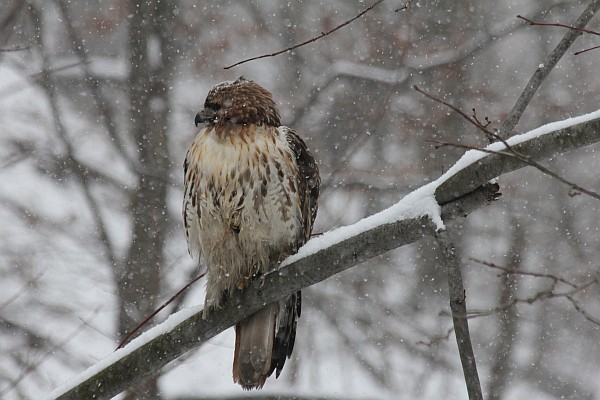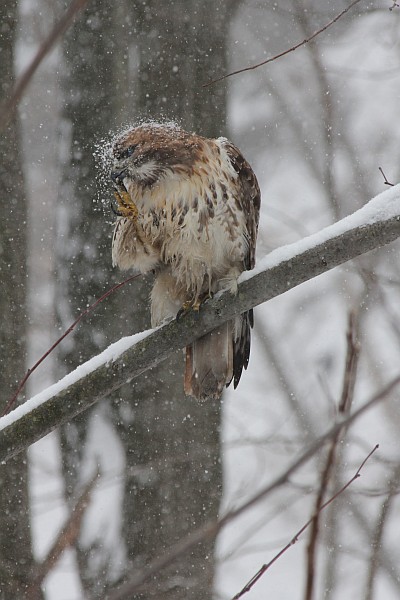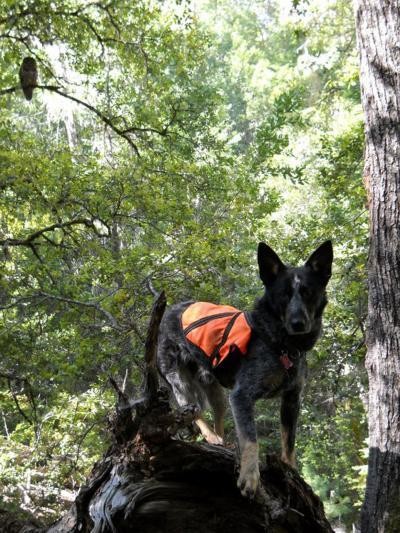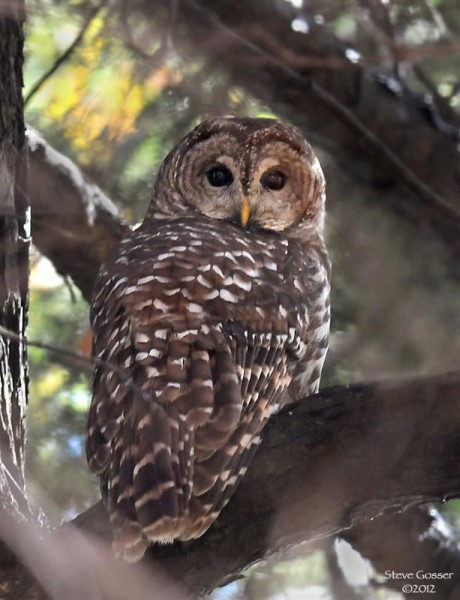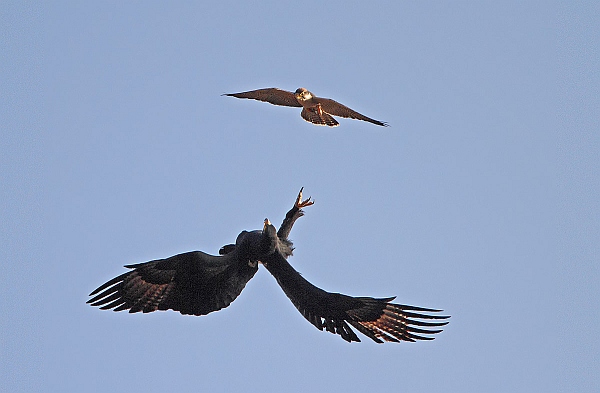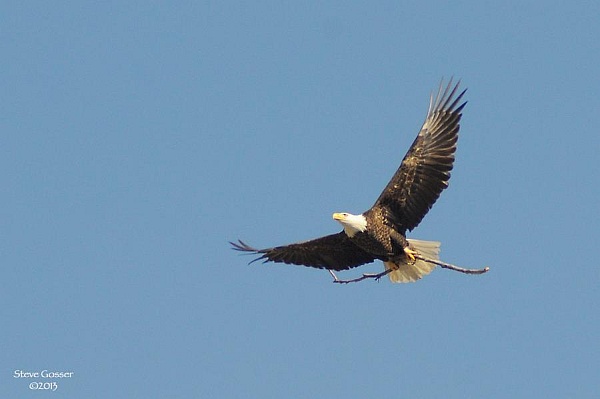
11 March 2013:
Bald eagles are the talk of the town in Pittsburgh right now.
This month a nesting pair attracted attention at the Allegheny River in Harmar Township. Steve Gosser photographed of one of them carrying nesting material yesterday.
Last month a bald eagle nest was confirmed at the Monongahela River in Pittsburgh’s Hays Woods. Tom Moeller captured the pair in a morning conversation on March 5.
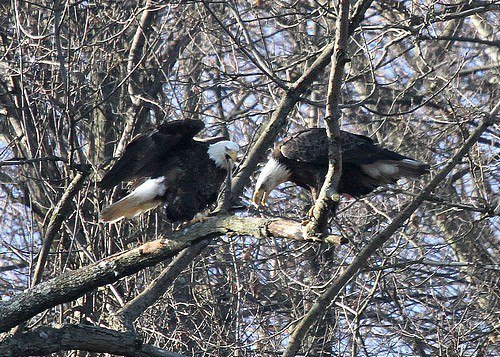
Harmar and Hays join our first bald eagle nest along the Ohio River in Crescent Township (2012) to make it three nests on three rivers in Allegheny County.
The bald eagle’s return to Pittsburgh was a long time coming. Their population crashed because of DDT and they’d been gone for decades because of water pollution. In the 1970s the U.S. banned DDT and passed the Clean Water Act. In the meantime Allegheny County’s economy changed away from heavy industry. The law and the economy together improved our water quality so that fish, the bald eagles’ favorite food, returned in good numbers.
The Hays Woods site in the City of Pittsburgh is a case in point. Eagles could not have nested there until a whole host of economic and environmental changes occurred. I know the challenges the site has faced. It has taken 30 years.
- Thirty years ago (1983) the Homestead steel mill closed due to economic issues. Only a mile upstream from the eagles’ nest, that closure brought better air and water quality to Hays. Fish increased in the Monongahela River.
- Fifteen years ago (1998) LTV closed the Hazelwood coke plant across the river, another economic decision. Air quality improved and the river returned to its normal temperature. Fish increased because the plant no longer dumped hot water into the Mon.
- Almost immediately a new, larger coke plant was proposed for Hazelwood. GASP and local residents worked to stop this new pollution source. The coke plant was never built.
- Ten years ago (2003) a developer planned to strip mine and valley-fill Hays Woods to build a race track and casino. The Save Hays Woods Coalition formed to fight this plan and protect the 635-acre site.
- Three years ago (2010) legal wrangling over the strip mine finally came to an end.
- Today (2013) we have nesting bald eagles.
- Update in 2020: The URA acquired the entire site on behalf of the City of Pittsburgh (2016). Hays Woods is going to be the City of Pittsburgh’s largest park.
Every bald eagle nest in western Pennsylvania has a story of recovery. Thanks to the bittersweet end of heavy industry, dedicated environmental heroes, and the resilience of nature our national bird is back in town.
(photo of Harmar eagle with nesting material by Steve Gosser, photo of Hays eagle pair by Tom Moeller)

